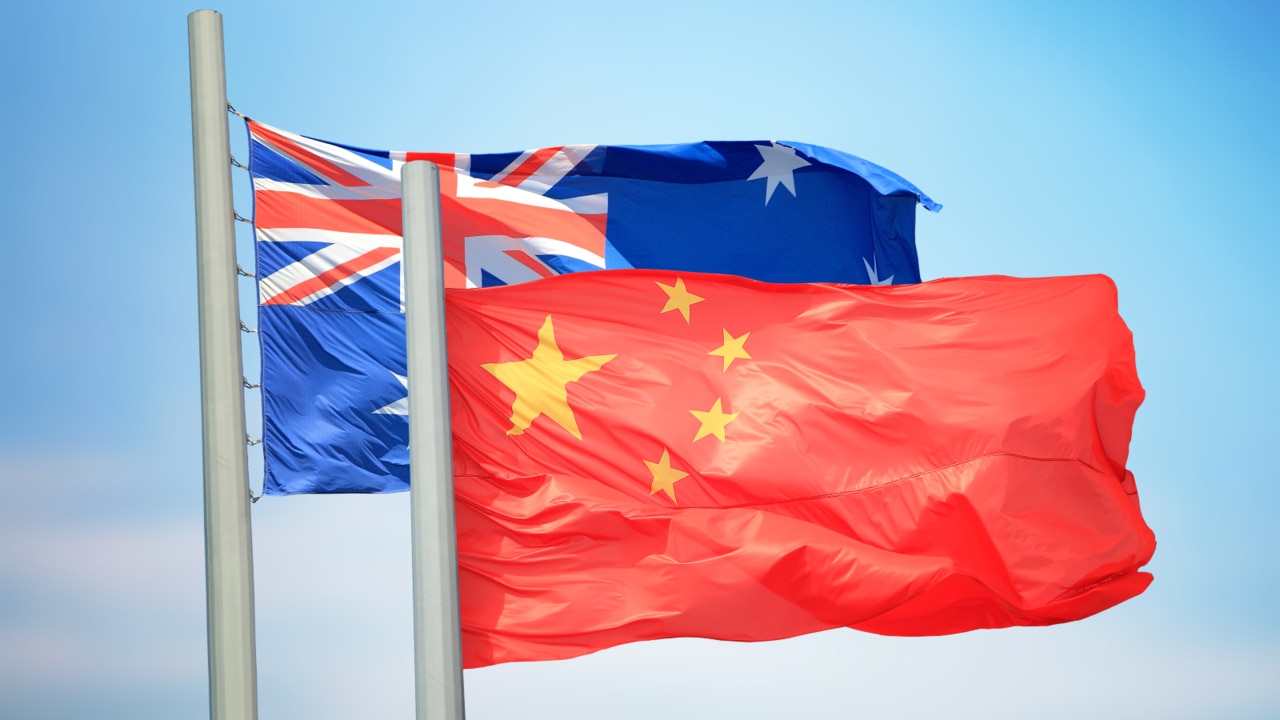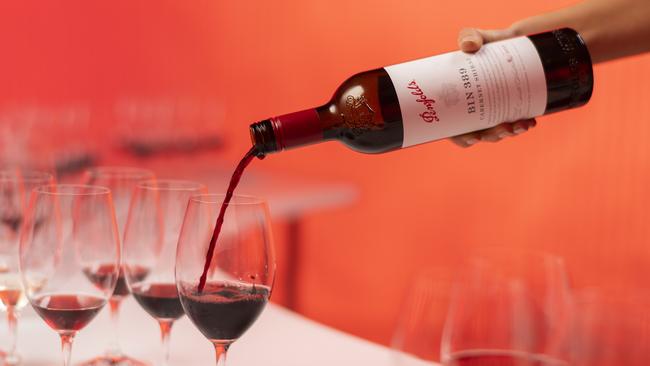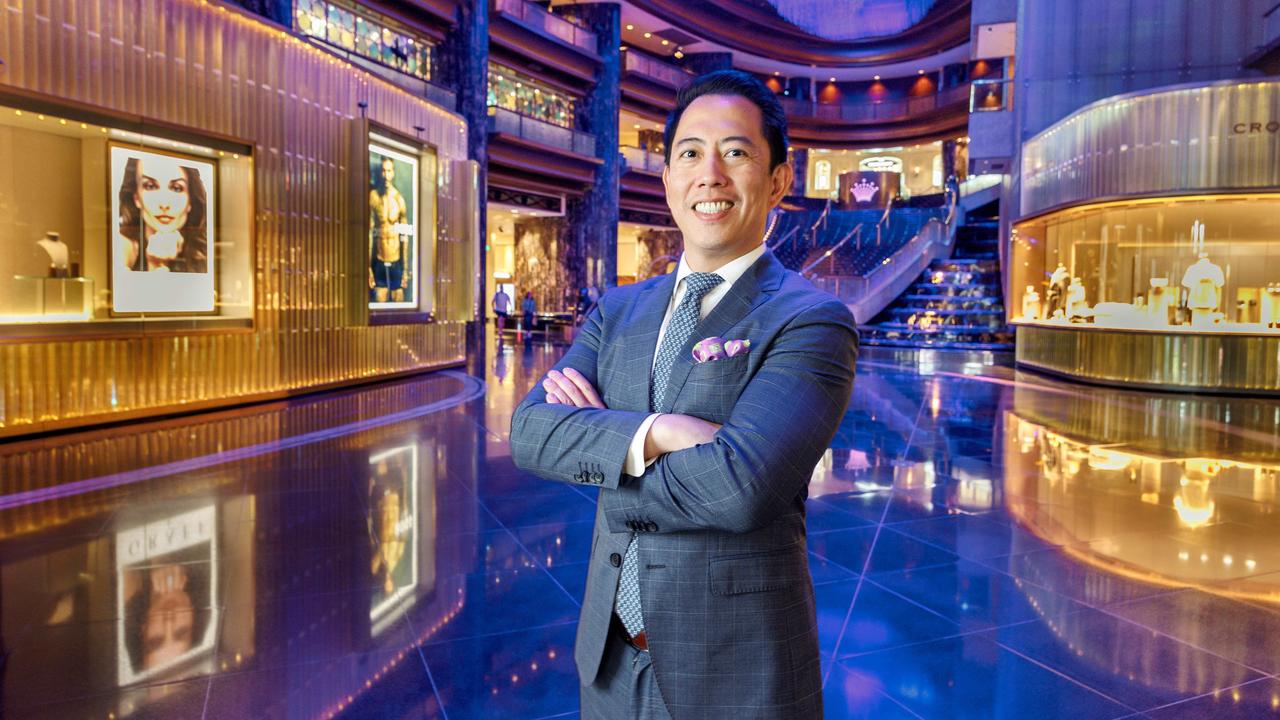TWE to take a cautious approach to China wine market reopening
Treasury Wine Estates will take a cautious approach to any reopening of the Chinese wine market if Beijing follows up lifting tariffs on barley by dropping tariffs on Australian wine.

Treasury Wine Estates will take a cautious approach to any reopening of the Chinese wine market if Beijing follows up lifting tariffs on barley by dropping tariffs on Australian wine.
The winemaker, which was the biggest foreign supplier of wine to China before the tariffs, has plans to resume exports if tariffs are dropped.
But CEO Tim Ford has warned it has no intention of doing this at the expense of other markets it has developed in recent years.
TWE recently launched its first Chinese-made Penfolds, part of its 2023 global collection, with an event at Shangri-La in Yunnan province in China’s southwest, hosted by chief winemaker Peter Gago who has overseen the project.
On Friday China announced it was dropping its 80 per cent tariff on barley, which was imposed amid political tensions under the Morrison government.
It is seen as good news for the bilateral relationship and could pave the way for a visit to China by Prime Minister Albanese in October.
Lobby group Australian Grape and Wine welcomed the lifting of tariffs on barley as a “positive step for Australian agriculture and the bilateral relationship”.
“We hope this announcement may provide a template for removing import duties on Australian wine in due course,” chief executive Lee McLean said.
While the lifting of tariffs on barley is good news, it could still take months before there is any indication of the stance on wine tariffs.
In a talk with the Australia China Relations Institute (ACRI) at the University of Technology Sydney in May, Mr Ford said TWE had prepared a strategy to re-enter the Chinese market if tariffs are removed.
But he said he didn’t see the market returning to 2019 levels, when China contributed 30 per cent of TWE profits.
TWE, which also sells wine made in France and the US to China, began making plans to re-enter the market following a meeting between Mr Albanese and President Xi Jinping in Bali last November.

But Mr Ford said TWE had no intention of resuming exports at the cost of other markets, particularly in Asia, where it has stepped up its presence in recent years.
TWE is not making any profit from its business in China as it reinvests revenues in the development of its Chinese-made wine.
“(Even if the tariffs were dropped) I don’t think we could get back to China making up 30 per cent of TWE’s profits in the next five or six years unless we undid all the work we’ve done in other markets, which we are not going to do,” he said.
Australia was the largest foreign supplier of wines to the Chinese market, a trade worth more than $1.2bn, before it was virtually wiped out by the imposition of tariffs of more than 200 per cent – a move reflecting a deteriorating political relationship.
“It was in December last year that I finally allowed myself to think that things could change,” Mr Ford said in May.
“The dialogue was there, there was a sentiment shift from our government which was being driven strongly through dialogue. Also, among our customers in China, it was recognised that the relationship could change.”
He said the TWE leadership team “locked ourselves away for three days to see what we would do if it did change, and we have a plan which is ready to go if it happens”.
But he added “this isn’t going to be a big tap that gets turned on overnight for us”.
“We don’t have incremental wine at the $100 a bottle and above level sitting there ready to go. If it’s at the $30 level, we will be able to start supplying the market very quickly, but it is going to take us two, three or four years to build up the Australian side of it again.
“We are not going back to where we supplied China and then had 5 or 10 per cent growth in other markets. We have worked too hard to build our brands and markets outside of China to turn them off overnight. We’re not going to do that.”
If the tariff process follows the same path as barley, winemakers must await a draft report from the World Trade Organisation. Depending on the finding, the parties will then negotiate privately for several months.
Before the tariffs on wine hit in late 2020, TWE was gearing up to supply more than 600,000 cases of $100 a bottle wine to China for the next three years.
“China was about a third of our business and about 80 per cent of our growth over the previous three years (before the imposition of tariffs),” Mr Ford said.
“It was probably about 95 per cent of the investment thesis for shareholders in our company. It was pretty important to us.”








To join the conversation, please log in. Don't have an account? Register
Join the conversation, you are commenting as Logout